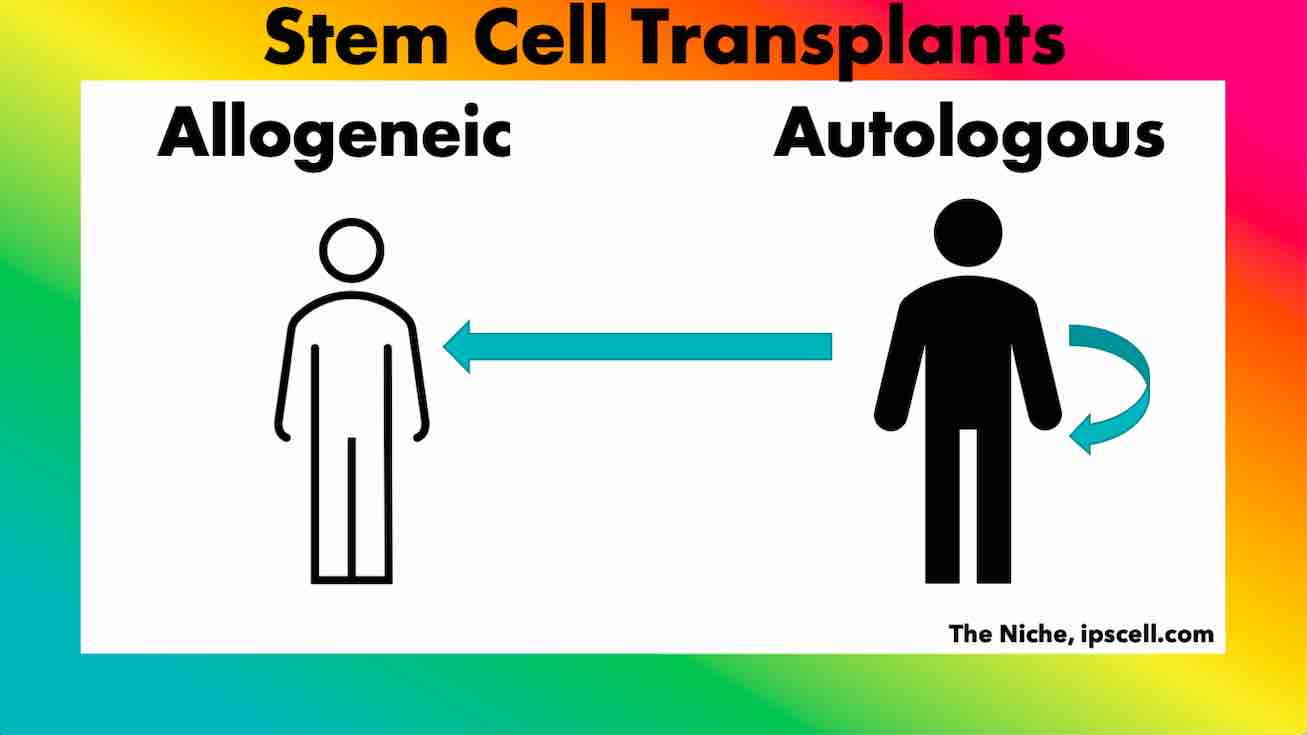
In a randomized trial, patients with acute myeloid leukemia (AML) in first remission receiving 15.75 Gy had decreased relapse rates compared with patients receiving 12 Gy however, this effect was offset by an increase in transplant-related deaths, resulting in similar survival.

4 - 8 In general, higher doses of TBI, although reducing the relapse risk, resulted in increased, often fatal gastrointestinal, hepatic, and pulmonary toxicities, secondary malignancies, and impaired growth and development in children. The majority of regimens combined 12- to 16-Gy TBI, usually fractionated, with other chemotherapeutic agents, most commonly, cyclophosphamide, based on its antineoplastic and immunomodulatory properties. Examples of reduced-intensity and nonmyeloablative regimens are shown in Table 2.įor patients with hematologic malignancies undergoing autologous and allogeneic HCT, high-dose TBI has been widely used as part of the conditioning regimen due to its immunosuppressive properties, its effectiveness against most leukemias and lymphomas, and its ability to penetrate to sanctuary sites. It is important to recognize that the intensity of regimens classified as reduced-intensity by these criteria can vary substantially and represents a continuum. What differentiates RIC regimens from myeloablative regimens is that the dose of alkylating agents or TBI is generally reduced by ≥30%. 3 Regimens that do not fit the definition for myeloablative or nonmyeloablative conditioning are classified as RIC regimens: they result in potentially prolonged cytopenias, and they require hematopoietic stem cell support. In contrast, nonmyeloablative regimens, although causing minimal cytopenias, do not require stem cell support. Based on these criteria, myeloablative, or “high-dose” regimens, consisting of alkylating agents (single or multiple) with or without TBI, are expected to ablate marrow hematopoiesis, not allowing autologous hematologic recovery. 2 During this meeting, 56 HCT professionals representing 44 institutions from 9 countries agreed on criteria (previously known as the Champlin criteria) to define the general characteristics of a reduced-intensity conditioning (RIC) regimen ( Table 1).
#Autologous stem cell transplant definition full
In rare situations, such as children with severe combined immunodeficiency 1 or patients with severe aplastic anemia who have syngeneic donors, HCT can be performed without the administration of a preparative regimen.Īlthough full consensus has not been reached within the HCT community, conditioning regimens have been classified as high-dose (myeloablative), reduced-intensity, and nonmyeloablative, following the Reduced-Intensity Conditioning Regimen Workshop, convened by the Center for International Blood and Marrow Transplant Research (CIBMTR) during the Bone Marrow Transplantation Tandem Meeting in 2006.

The intensity of conditioning regimens can vary substantially, and when selecting the optimal conditioning regimen for any given patient, disease-related factors such as diagnosis and remission status, as well as patient-related factors including age, donor availability, and presence of comorbid conditions, need to be considered. We also provide a brief review of the toxicities associated with these regimens. In this article, we provide a review of the definition of high-dose, reduced-intensity, and nonmyeloablative conditioning regimens, the most commonly used agents and combinations, and the evolution of some early regimens. This resulted in a major paradigm shift, and consequently, the pool of eligible patients underwent a remarkable expansion. However, as the contribution of graft-versus-tumor effects to the success of allogeneic HCT was recognized over time, in an effort to exploit these, many investigators lowered the dose of radiation and chemotherapeutic agents in the preparative regimen.

Early regimens relied on dose intensity, assuming that high-dose chemoradiotherapy would eliminate malignant disease and reinfusion of the graft would then restore hematopoiesis. An essential component of allogeneic and autologous hematopoietic cell transplantation (HCT) is the conditioning regimen administered before the hematopoietic cell infusion.


 0 kommentar(er)
0 kommentar(er)
